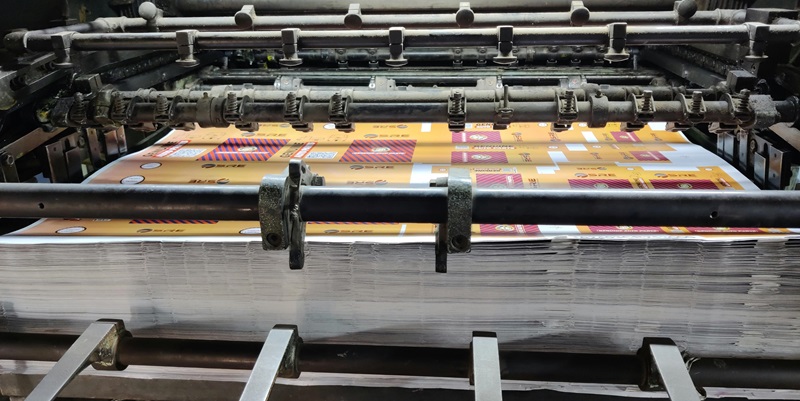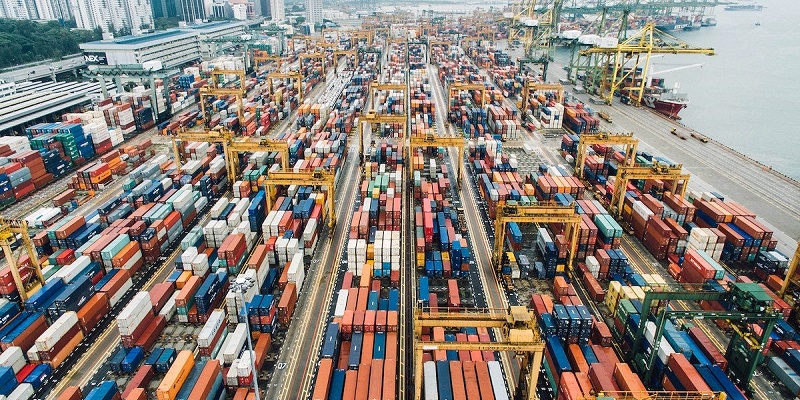Schedule a Call Back
GST provided a much required boost to Indian SMEs
 Interviews
Interviews- Aug 01,18

Related Stories

Markem-Imaje opens thermal transfer printing lab in Bengaluru
The facility features cutting-edge testing and R&D capabilities, reinforcing Markem-Imaje’s leadership in delivering reliable and sustainable printing solutions.
Read more
How MSMEs will play a key role in the development of Indian manufacturing sector
Setting up a business in India is futuristic, makes a lot of sense, and, for foreign companies, connecting with the Indian MSME and helping it grow is a sure way to success, says R Jayaraman.
Read more
Zetwerk eyes $1 billion IPO to boost growth
The company’s platform facilitates connections between suppliers and clients across industries, including aircraft engine manufacturing, consumer electronics, and home appliances.
Read moreRelated Products

Standard Series Stations and Enclosures
Esbee
Industrial Combines/Esbee Electrotech LLP offers standard series stations and
enclosures.

Fire Alarm
Safe Zone is prominent traders and suppliers of the industry, offering a wide range of wireless fire alarm.
Read more
Sorting Automation Systems
Renovus Vision Automation offers sorting automation systems.
Read more












